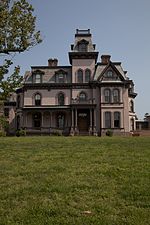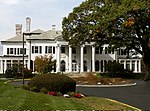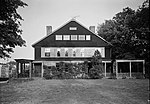Berkeley Divinity School

Berkeley Divinity School at Yale, founded in 1854, is a seminary of The Episcopal Church in New Haven, Connecticut. Along with Andover Newton Theological School and the Yale Institute of Sacred Music, Berkeley is one of the three "Partners on the Quad," which are part of Yale Divinity School at Yale University. Thus, Berkeley operates as a denominational seminary within an ecumenical divinity school. Berkeley has historically represented a Broad church orientation among Anglican seminaries in the country, and was the fourth independent seminary to be founded, after General Theological Seminary (1817), Virginia Theological Seminary (1823), and Nashotah House (1842). Berkeley's institutional antecedents began at Trinity College, Hartford in 1849. The institution was formally chartered in Middletown, Connecticut in 1854, moved to New Haven in 1928, and amalgamated with Yale in 1971. Berkeley's offices and programs are centered with those of Yale Divinity School on the Sterling Divinity Quadrangle, although Berkeley also maintains a separate center for worship and some programs at the nearby Berkeley Center on St. Ronan Street.
Excerpt from the Wikipedia article Berkeley Divinity School (License: CC BY-SA 3.0, Authors, Images).Berkeley Divinity School
Autumn Street, New Haven
Geographical coordinates (GPS) Address Nearby Places Show on map
Geographical coordinates (GPS)
| Latitude | Longitude |
|---|---|
| N 41.3232 ° | E -72.9233 ° |
Address
Prospect Hill Historic District
Autumn Street
06511 New Haven
Connecticut, United States
Open on Google Maps








